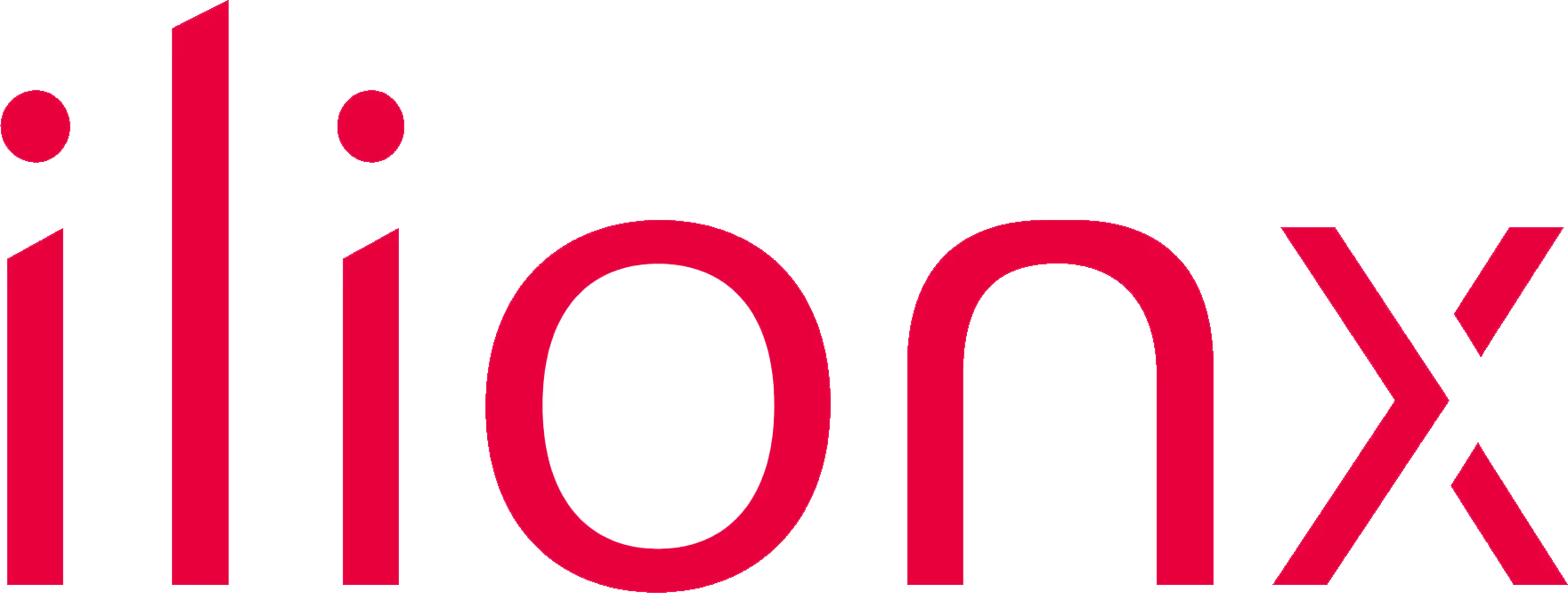Building Materials Manufacturer
Staying Competitive with Industrial IoT at Scale

Business overview
This long-established U.S. manufacturing company operates more than 60 plants nationwide and is a top global producer of construction materials like drywall panels, joint compound, and ceiling systems. It is the world’s largest manufacturer of ceiling suspension grids, the largest distributor of wallboard in the United States, the second largest ceiling tile manufacturer in the world, and holds leading positions in cement board and plaster wall systems. With a legacy of innovation and plant modernization, they continually seek operational efficiencies to maintain leadership in a competitive market.
The challenge
Despite early adoption of Docker and sensor-driven automation, the team struggled to scale containerized workloads across dozens of plants:
- A single Docker expert became a bottleneck, running up to 40 manual deployments per day
- Data scientists lacked CLI skills, slowing iterative model updates
- Command-line deployment was error-prone and unmanageable across growing on-premises infrastructure
- High operational friction risked production quality and uptime during frequent updates
"We have a lean and mean applications team. We are two data scientists and an intern developing software to keep 21 of our 68 plants running." Data Scientist, IIoT
The real-world impact of smarter container management.
Productivity saving
Cost savings per year
Time to productivity
The solution
Portainer transformed the company’s IIoT deployment model:
- Enabled one-click deployment to all edge cameras and sensors across multiple plants
- Eliminated repetitive command-line operations, allowing data scientists to push updates with just a few clicks
- Used RBAC to secure an air-gapped environment while delivering consistent configurations
- Centralized container lifecycle management ensured rapid, error-free roll-outs across the entire footprint
"It can take months, or even entire quarters to truly get comfortable with Docker. Some people never reach that point,” says the Linux team lead.
“Portainer puts the power of containers into the hands of everyone; technicians and data scientists alike, without the steep learning curve.”
"Before Portainer we were running Windows, not Unix, and we had to copy zip files, change the config files, did Docker pulls, had to setup the container registry. Each of us was wasting an hour a day (12.5% of a specialized resources time)."
"With Portainer we can update a plant with the push of a button. It's a continuous integration and deployment capability."
“A full line stoppage is hard to put a number on, but we know it would be expensive,” says the team leader.
“That’s why we designed this system to isolate issues at the conveyor level. We can absorb small interruptions without bringing down the entire line, which helps us avoid the massive costs associated with full production halts.”
"We don’t do anything in the cloud. Everything is on premise. And all of the applications we are deploying in our plants are ”air-gapped” for security. This decreased the vulnerability attach surface. Portainer gives us security controls which is huge for us. We are a very secretive company. This is an IIoT edge application. But we have been doing IIoT for decades. We have had tons of sensors connected to programmable logic controllers (PLCs) for decades. We have essentially used Portainer to turn dumb cameras into a smart IoT device."
"We have two projects with Portainer. The first application deployed a manufacturing bubble detection quality application. The size of the bubble in the drywall tells us the quality of each drywall board. This application is static. But, the second is a real-time video feed of a drywall board on a high-speed production line. This application is in development so there are continuous updates. Up to 40 times a day we push and pull…a lot of action. Before Portainer this was call done manually with command line. Because of Portainer we can now deploy the same containers to all of the cameras in the plant all at the same time. I am constantly deploying iterative changes to eliminate high-risk situations in the plant control system."
"If my CFO came to me and told me I couldn’t have Portainer, I would tell him. ‘I use the Portainer web hooks capability to repull and restart these containers. At the scale we are at, it would take 2 people, both getting bored using command line code all day long if I didn’t have Portainer."
(Industry data suggests that large U.S. manufacturers lose an average of $532,000 per hour during line stoppages due to lost revenue, penalties, and restart overhead.)
The next problem they plan to tackle with the help of containers and Portainer – supply chain. Specifically, because of the distruption to global supply chains, finding reliable alternative product is critical to efficient plant operations. Knowing the demand side requirements is aided by new algorithms that this manufacturer is planning to containerize to speed time to benefit.












.avif)

.avif)

.avif)


